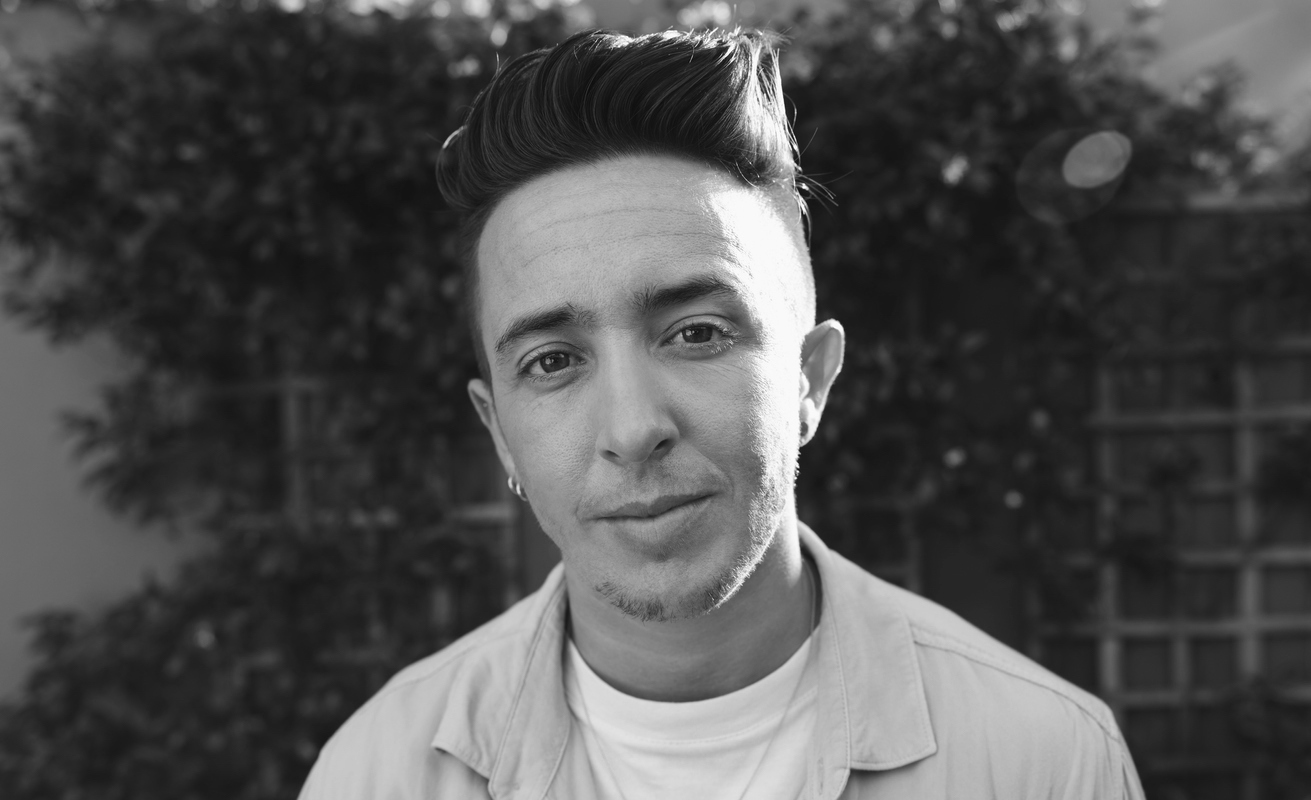For transgender men, transmasculine individuals, and nonbinary persons, taking testosterone is often an essential part of their transition process. While testosterone can lead to a number of physical changes, one of the most noticeable is the deepening of the voice. However, many people are unaware of the process by which testosterone affects the voice, and some may be concerned about the negative effects. In this post, we’ll explore the science behind testosterone’s impact on the voice and discuss some of the ways in which individuals can manage changes in their voice during gender transition.When testosterone is introduced to the body, it triggers changes in the larynx or voice box. The larynx is composed of cartilage and muscle, and it houses the vocal cords. In cisgender males, testosterone plays a significant role in the development of the larynx during puberty. As the larynx grows and the vocal cords lengthen and thicken, the voice deepens.For transgender men and transmasculine individuals who take testosterone, a similar process occurs. As the larynx grows and the vocal cords thicken, the voice deepens over time. This process is gradual and can take several months to a year to fully manifest. Some people experience more significant changes than others, depending on factors such as genetics and the length of time they have been taking testosterone.While testosterone is generally considered safe for use in hormone replacement therapy, some people may experience negative effects on their voice. For example, some people may develop hoarseness or a scratchy throat. Others may experience a decrease in vocal range, making it more difficult to sing or speak in a high-pitched voice.Fortunately, there are steps that individuals can take to manage these effects. For example, staying hydrated and practicing good vocal hygiene can help to keep the vocal cords healthy and prevent hoarseness. If vocal range is a concern, individuals can work with a speech therapist to develop exercises and techniques that can help to maintain or even increase vocal range.It’s important to remember that for many transgender men, transmasculine individuals, and nonbinary persons, the changes in their voice are an important part of their transition. A deepened voice can bring feelings of affirmation and validation, and it can help individuals to feel more comfortable in their bodies.However, it’s also important to recognize that not all transgender masculine individuals may want or be able to take testosterone. For some, the changes in their voice may not be desirable, or they may be unable to take testosterone due to medical reasons. It’s essential that we respect and support the choices of all individuals, regardless of their gender identity or transition goals.In addition, it’s important to recognize the unique challenges that transgender masculine individuals may face when it comes to their voice. Many transmasculine individuals may feel pressure to “pass” as male or masculine, and the voice can be a significant factor in this. Unfortunately, the societal expectations around what a “masculine” voice sounds like can be restrictive and harmful.As allies, we can work to support and amplify diverse voices within the transmasculine community. This means recognizing and respecting the diversity of vocal ranges and styles among transgender men, transmasculine individuals, and nonbinary persons. It also means advocating for greater awareness and acceptance of transmasculine voices in all areas of society, from the workplace to the entertainment industry.In conclusion, testosterone can have a profound impact on the voices of transgender men, transmasculine individuals, and nonbinary persons. While the process of voice deepening is generally safe, negative effects can occur. However, with proper vocal care and support, individuals can manage these effects and achieve a voice that feels authentic and affirming. As allies, we can work to support and amplify diverse voices within the transmasculine community and advocate for greater awareness and acceptance of transmasculine voices in all areas of society. By doing so, we can help to create a more inclusive and supportive environment for all transgender and nonbinary individuals.
Finding Your Authentic Voice: Strategies for Transmasculine and Nonbinary Individuals on Testosterone


author's bio
BLOG UPDATES + FREE SUPPORT
Subscribe to Our Blog Updates
Sign up for our monthly, spam-free newsletter and get Begin Within: The Self-Compassion Reset & Meditation — a concise guide and 3-minute audio to steady your breath, quiet self-criticism, and meet yourself with care.
You will also receive our latest blog posts, along with grounded insights, resources, and invitations to future offerings from Clayre Sessoms Psychotherapy.
You’ll also receive insights, resources, and invitations to future offerings. Unsubscribe anytime.

